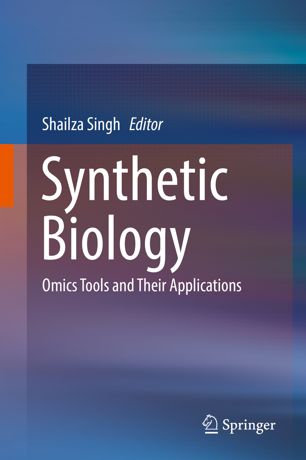 Our book chapter “Computational Tools for Applying Multi-level Models to Synthetic Biology” from the Springer Book “Synthetic Biology – Omics Tools and Their Applications” is now available online at this link.
Our book chapter “Computational Tools for Applying Multi-level Models to Synthetic Biology” from the Springer Book “Synthetic Biology – Omics Tools and Their Applications” is now available online at this link.
Synthetic Biology is characterized by a forward engineering approach to the design of biological systems implementing desired functionalities. The Synthetic Biology design cycle benefits from the understanding and the proper representation of the underlying biological complexity, allowing predicting the behaviour of the target system. Considering the intrinsic nature of the systems to be designed with a Systems Biology perspective is a key requirement to support the Synthetic Biology design cycle. In particular, good models for synthetic biological systems must express hierarchy, encapsulation, selective communication, spatiality, quantitative mechanisms, and stochasticity. Computational models in general not only properly handle such modelling requirements. They can also manage heterogeneous information in compositional processes, support formal analysis and simulation, and can further be exploited for knowledge interchange among the scientific community. In particular, the nets-within-nets formalism expresses all of these features providing high flexibility in the modelling task. The formalism is well suited to represent heterogeneous systems and in general provide an extraordinary expressivity. This is achieved thanks to its capability of tuning the abstraction level in each part of the model.

Roberta Bardini